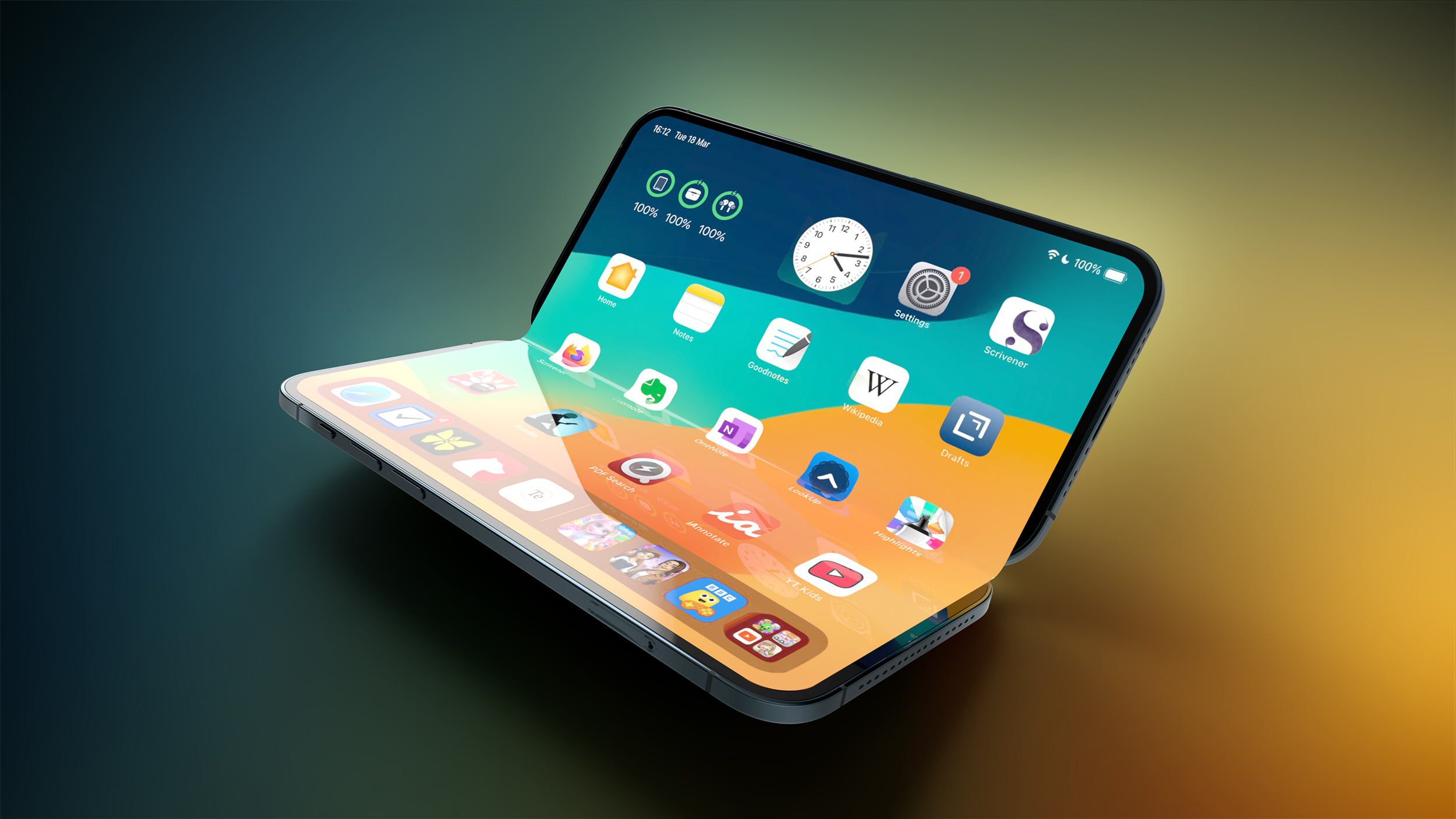|
 Samsung Display will supply Apple with "crease-free" displays for its long-rumored foldable iPhone, according to Apple supply chain analyst Ming-Chi Kuo. Samsung Display will supply Apple with "crease-free" displays for its long-rumored foldable iPhone, according to Apple supply chain analyst Ming-Chi Kuo.
|
|
That's around 350,000 times faster than the average US fixed broadband internet connection, which was around 289 Mbps according to Speedtest as of May 2025. At this new record-breaking speed, you could download the entire Netflix library in under a second.
Fiber optics with 19 cores
The key to the record is a new optical fiber with 19 cores, which are installed in a cable with a diameter of just 0.125 millimeters (the standard size for existing networks). Compared to conventional cables with one core, this fiber transmits 19 times more data with minimal data loss due to uniform light conduction. For transmission over the 1,120-mile distance—comparable to New York to Chicago—the signal was amplified 21 times.
The new record more than doubles the previous year's figure of 50,250 GB/s. In 2023, the NICT team achieved similar speeds but only over a third of the distance. Advances in signal amplification and reduction of data loss are what made this new range possible.
Compatible with existing fiber optic cables
The technology could meet the growing demand for data worldwide, as data volumes have been increasing by about 50 percent annually according
|
|
Washington has been concerned China could use Nvidia's chips to get a jump on the U.S. in high-tech fields, particularly when it comes to artificial intelligence.
|
|
If you're brimming with nostalgia for those C64 days, or if you've never used one but always wished you could've, then here's some good news for you: the Commodore 64 is being remade and re-released later this year, reports Techspot. The new model is based on the AMD Xilinx Artix-7 FPGA processor and supports modern tech like HDMI, USB, and Wi-Fi.
According to Techspot, the remade Commodore 64 promises 99 percent software compatibility with its hardware emulation, which means you'll be able to play more than 10,000 C64 games if desired.
If you want one, you can pre-order now via Commodore with a "no quibble money-back guarantee" for a full refund if you ever change your mind. The standard price is $349, but there's an early bird special that lets you snag one for $299 if you're quick—and if you buy two, you can g
|
|
Happy Memorial Day, Short Wavers! This holiday, we bring you a meditation on time ... and clocks. There are hundreds of atomic clocks in orbit right now, perched on satellites all over Earth. We depend on them for GPS location, Internet timing, stock trading and even space navigation. In today's encore episode, hosts Emily Kwong and Regina G. Barber learn how to build a better clock. In order to do that, they ask: How do atomic clocks really work, anyway? What makes a clock precise? And how could that process be improved for even greater accuracy?
- For more about Holly's Optical Atomic Strontium Ion Clock, check out the OASIC project on NASA's website.
- For more about the Longitude Problem, check out Dava Sobel's book, Longitude.
Listen to every episode of Short Wave sponsor-free and support our work at NPR by signing up for Short Wave at plus.npr.org/shortwave.
Have questions or story ideas? Let us know by emailing shortwave@npr.org!
|
|
